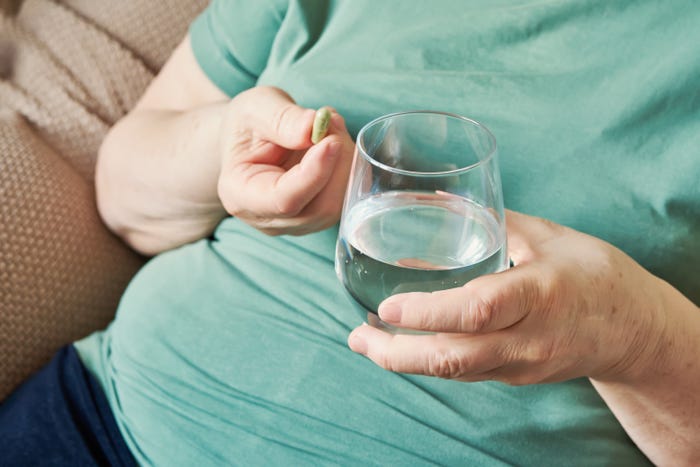Many individuals seek brighter skin, often turning to home remedies without understanding the potential risks. Recent examples shared by Taiwanese dermatologist Chen Yan-da on the program “Health 1+1” illustrate the dangers of improper skin treatments. In one case, a woman blended an entire homegrown aloe vera plant, including its skin, into a paste and applied it to her face. Within an hour, she experienced severe redness, swelling, and itching.
The adverse reaction was due to aloin, a compound found in the skin of the aloe plant that can cause irritation if not properly removed. In another instance, a woman applied lemon slices to her face and did not rinse them off before going outside. This led to dark, patchy pigmentation on her skin, a condition known as phytophotodermatitis, which results from exposure to sunlight after contact with photosensitive compounds in citrus peels.
These incidents highlight a significant issue. People often desire lighter skin but may not be aware of the correct, safe methods to achieve this goal. Dermatologists like Chen emphasize the importance of understanding the ingredients in skincare products, particularly those derived from natural sources.
Understanding Skin Treatments
Many natural substances can offer benefits for skin brightening, but they also carry risks if not used correctly. For instance, while aloe vera is widely regarded for its soothing properties, the presence of aloin can lead to skin irritation. Chen advises consumers to use products that have been processed to remove harmful components or to consult with a dermatologist before trying at-home treatments.
Similarly, lemon juice is often touted for its brightening effects due to its high vitamin C content. However, its acidity and the presence of compounds that react to sunlight can cause more harm than good if not used properly. Experts recommend diluting lemon juice or using it in conjunction with sunscreen to mitigate these risks.
Dermatologists encourage individuals to seek professional advice when considering skin treatments. They can provide tailored recommendations based on skin type and concerns. This approach not only helps avoid adverse reactions but also ensures that individuals can achieve their desired results safely.
Safe Practices for Skin Brightening
When looking to brighten skin, it is crucial to adopt safe practices. Here are some tips from experts:
1. **Patch Testing**: Always perform a patch test before applying any new substance to the face. This can help identify potential allergic reactions.
2. **Consult Professionals**: Engage with dermatologists who can offer personalized care and effective products designed for skin brightening without the associated risks.
3. **Educate Yourself**: Familiarize yourself with the ingredients in skincare products. Understanding what each component does can help prevent negative reactions.
4. **Use Sunscreen**: Protect skin from sun exposure, particularly when using brightening agents that may increase sensitivity. A broad-spectrum sunscreen with at least SPF 30 is advisable.
5. **Be Patient**: Brightening skin often requires time and consistency. Quick fixes can lead to harmful outcomes.
By following these guidelines, individuals can pursue their goal of brighter skin while minimizing the risk of adverse effects. The desire for radiant skin is common, but it is essential to approach this goal with knowledge and caution, ensuring skin health is prioritized over mere appearance.







